Loading Photos...
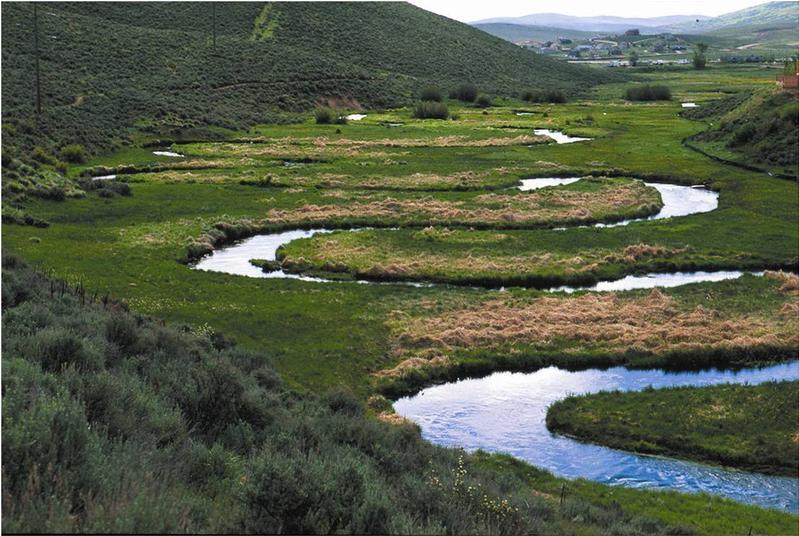
Native willows are one of most important parts of our stream ecosystems. Unfortunately, many of our streams have lost their healthy willow populations due to human impact, so we are now making efforts to replant these willows where they have been lost.
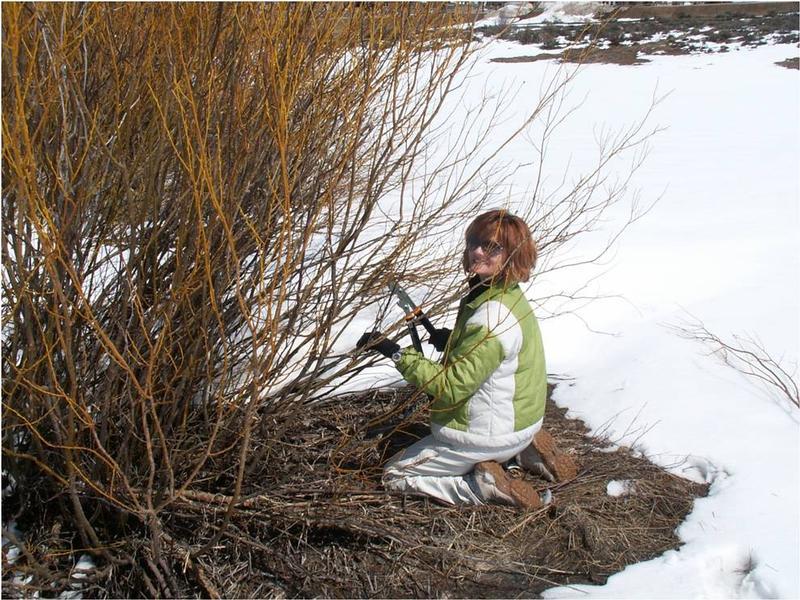
The first step in this process is finding willows. The best willows to use are local. Here, volunteers are cutting healthy willow branches while the plants are dormant during the late winter.
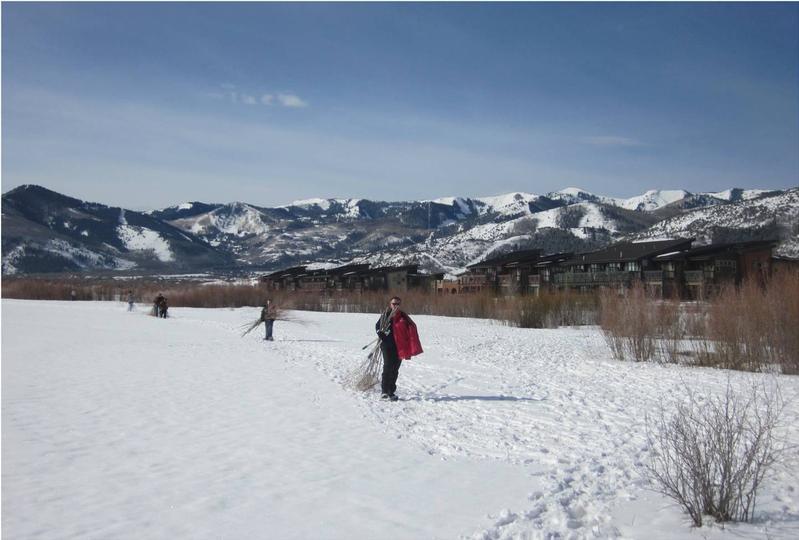
Collecting the willows
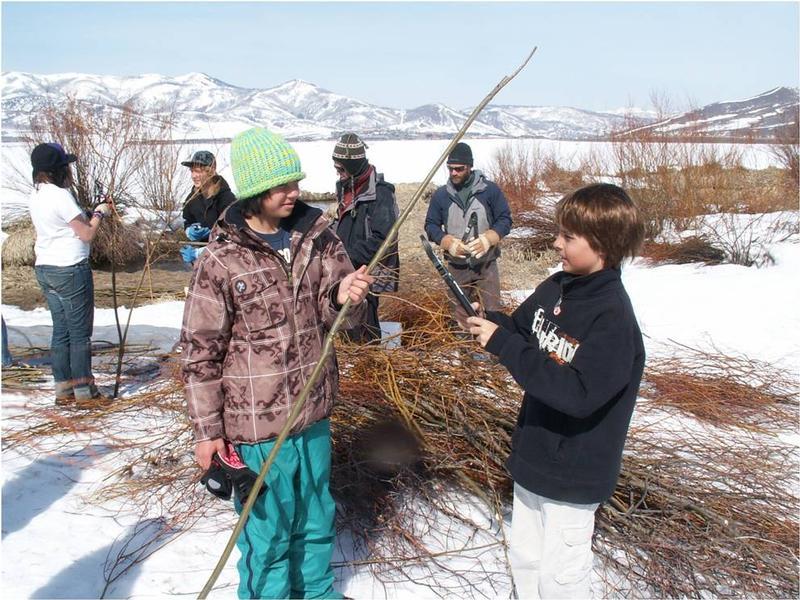
In order to give this willow branch the best chance of thriving once it is planted, volunteers cut off all of the side branches, leaving a bare willow stake that is 5-6 feet tall.
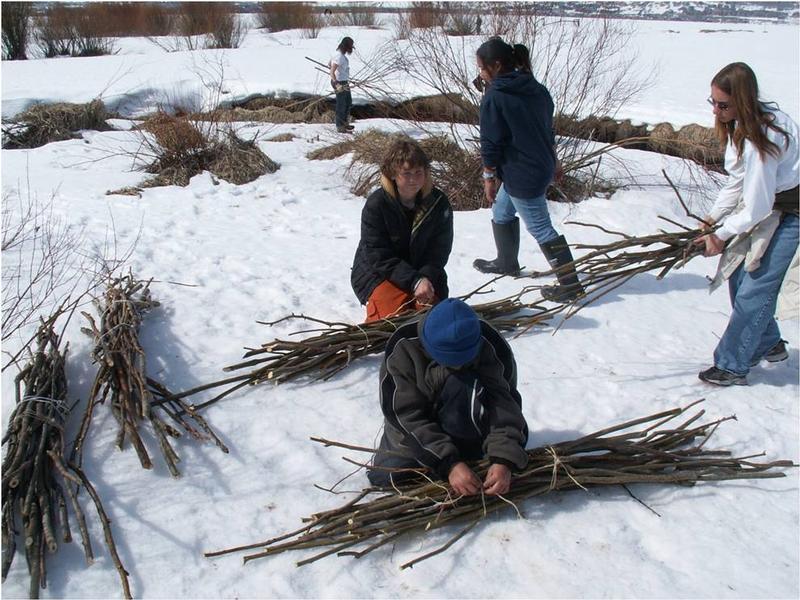
Once the willow stakes are trimmed, they are packaged into bundles of 20 willows to be stored for several weeks in a cold dark place, until the ground thaws and they can be planted along the streambank.
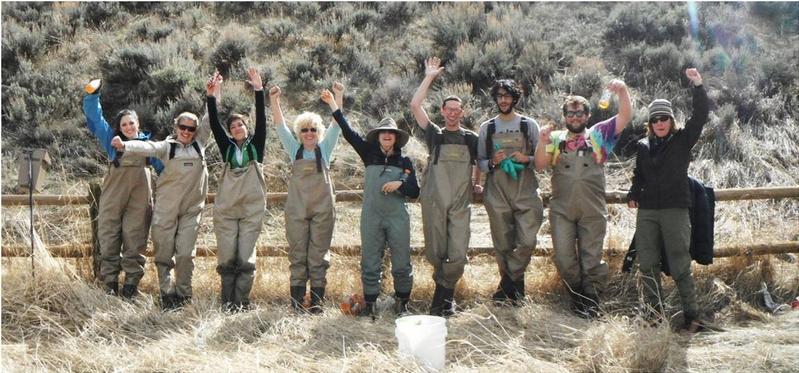
Volunteers planting willows
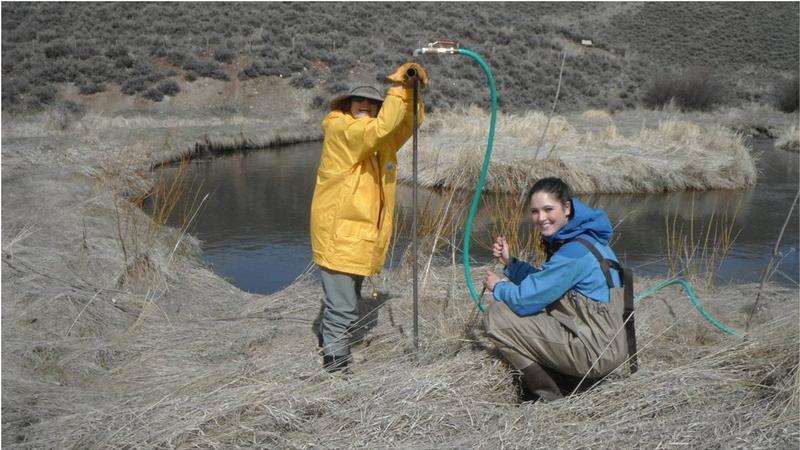
The willows must be planted deep into the ground. In order to do this, a “stinger” is used, which uses high pressure water the dig a hole where the willow will be planted.

Here, a hole is created with the stinger.
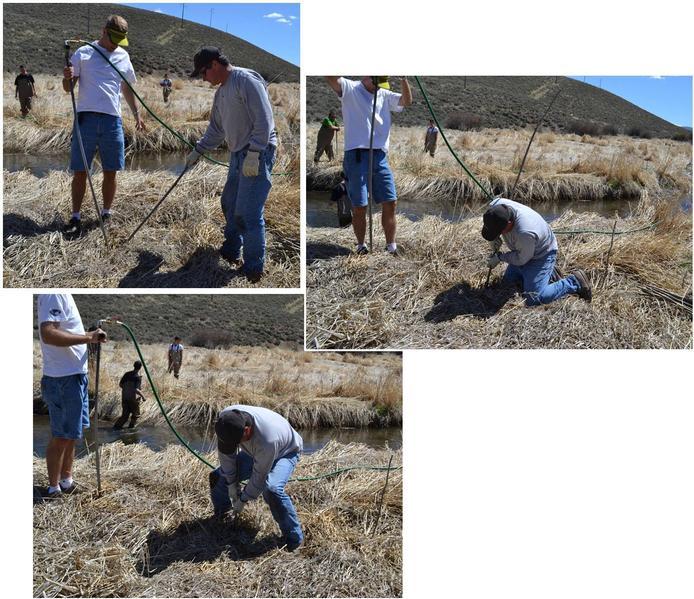
Next, the willow is placed in that hole.
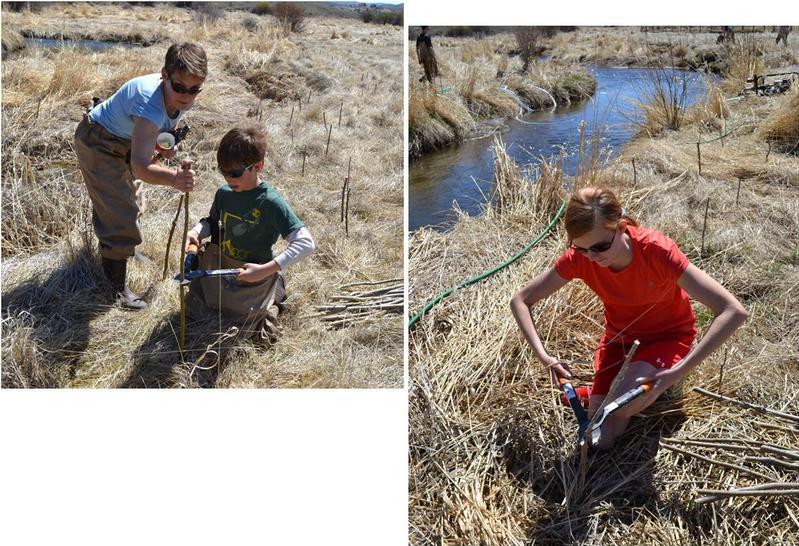
The willow is then trimmed to the right height.
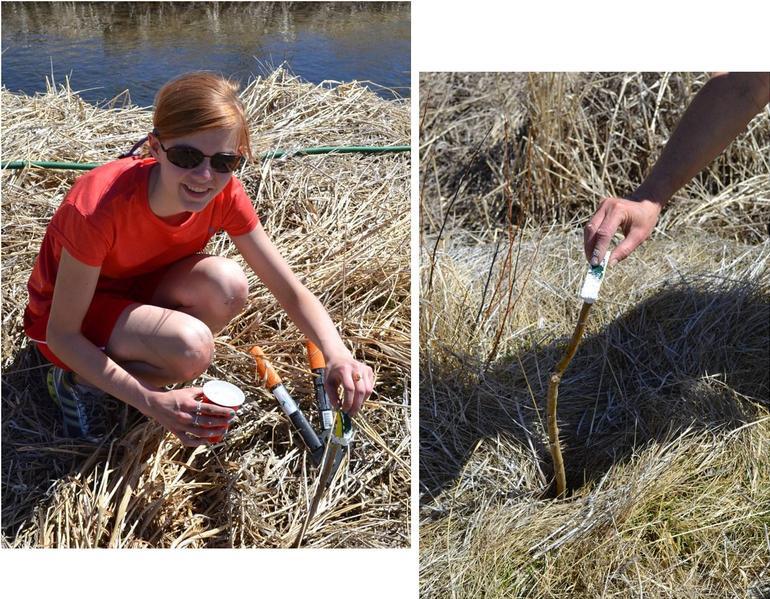
The freshly cut top of the willow is painted with white paint to help protect it from insects and disease and to help prevent evaporation.

Willow Close-up
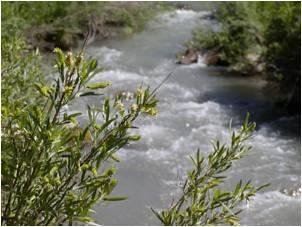
As the willows grow, they will begin to support the banks and shade the stream. This improves both fish and wildlife habitat, helping to keep East Canyon Creek a healthy stream into the future.